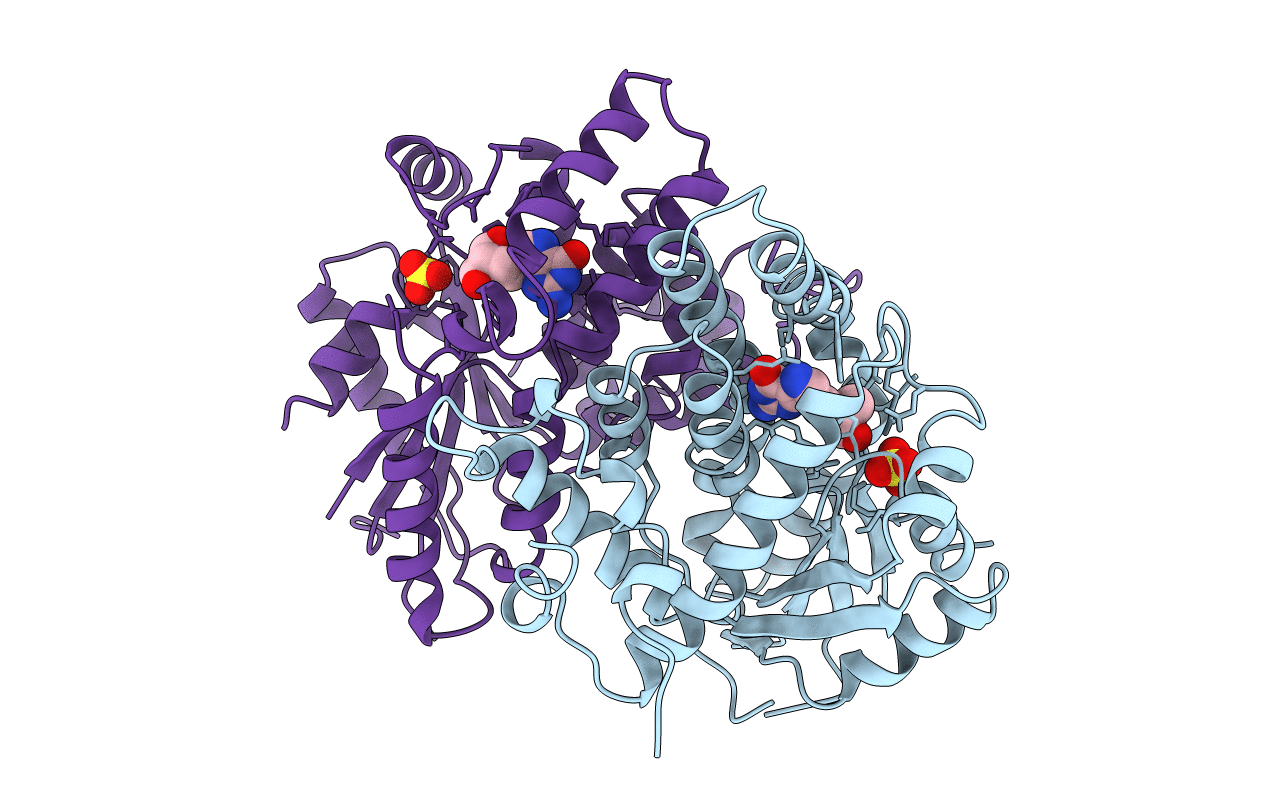
Deposition Date
1998-05-15
Release Date
1999-05-18
Last Version Date
2024-02-14
Entry Detail
PDB ID:
1KI3
Keywords:
Title:
CRYSTAL STRUCTURE OF THYMIDINE KINASE FROM HERPES SIMPLEX VIRUS TYPE I COMPLEXED WITH PENCICLOVIR
Biological Source:
Source Organism:
Herpes simplex virus (type 1 / strain 17) (Taxon ID: 10299)
Host Organism:
Method Details:
Experimental Method:
Resolution:
2.37 Å
R-Value Free:
0.31
R-Value Work:
0.20
R-Value Observed:
0.20
Space Group:
C 2 2 21


